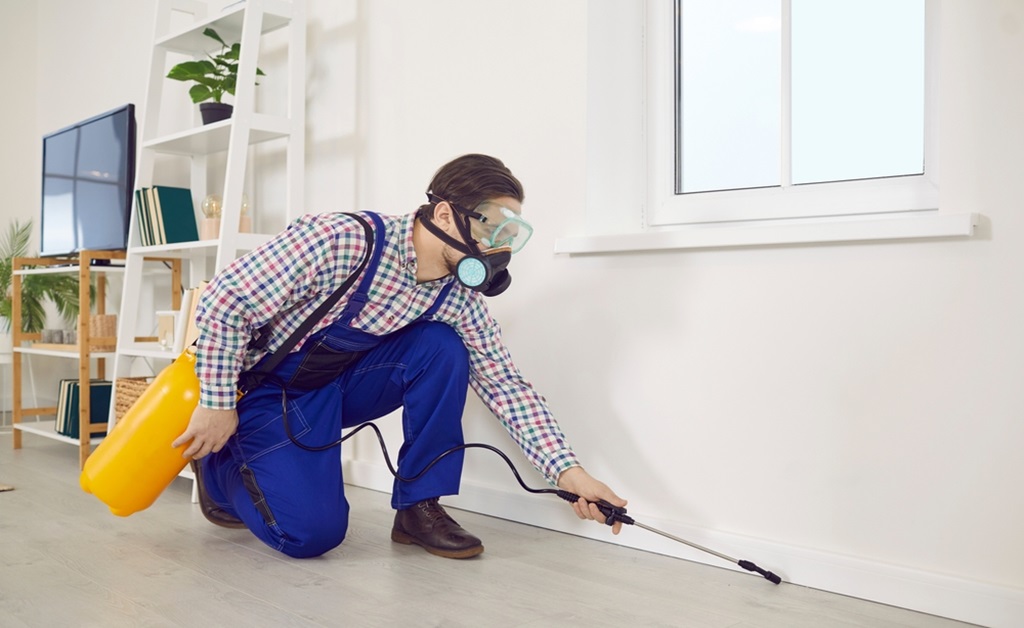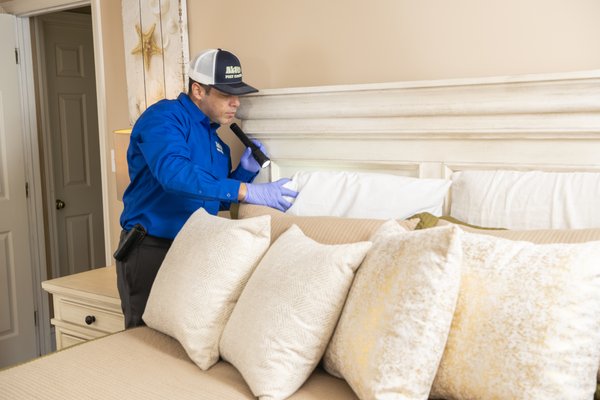What Are Common Mistakes in Hotel Pest Monitoring?
Share
In the hospitality industry, maintaining a pest-free environment is crucial for ensuring guest satisfaction and upholding a hotel's reputation. What are common mistakes in hotel pest monitoring? This question is vital for hotel managers and staff who aim to prevent infestations and minimize health risks. In this article, we will explore key missteps in pest monitoring and how they can be avoided.

Overlooking Regular Inspections
One of the most frequent errors in hotel pest monitoring is neglecting regular inspections. These inspections are essential for identifying early signs of pest activity. Without them, small infestations can escalate into major problems. A comprehensive inspection schedule should be implemented, covering all areas of the hotel, including guest rooms, kitchens, and storage areas. Regular inspections allow for early detection and timely intervention, preventing pests from gaining a foothold.
Ignoring Guest Feedback
Guest feedback is an invaluable resource in pest monitoring. Unfortunately, it is often overlooked or dismissed. Guests may report seeing pests or signs of pest activity, and their observations should not be taken lightly. Failing to address guest complaints promptly can lead to negative reviews and a tarnished reputation. Hotels should establish a system for tracking and responding to guest feedback related to pest sightings. This proactive approach will help in addressing issues swiftly and maintaining guest satisfaction.
Inadequate Staff Training
Another common mistake is providing insufficient training to hotel staff. Employees play a critical role in pest monitoring, as they are the first line of defense in identifying and reporting pest issues. Without proper training, staff may overlook signs of infestation or fail to report them promptly. Hotels should invest in regular training sessions to educate employees about pest identification, reporting procedures, and prevention strategies. This ensures that everyone on the team is equipped to contribute to a pest-free environment.
Relying Solely on Chemical Treatments
While chemical treatments are a common method of pest control, relying solely on them can be a mistake. Overuse of chemicals can lead to resistance in pests and pose health risks to guests and staff. Hotels should adopt an integrated pest management approach that combines chemical treatments with preventive measures, such as sealing entry points and maintaining cleanliness. This comprehensive strategy is more effective in the long term and reduces the need for excessive chemical use.
Neglecting External Areas
Pest monitoring should not be limited to the interior of the hotel. Neglecting external areas, such as gardens, parking lots, and waste disposal zones, can lead to infestations. Pests often enter buildings from the outside, so it is crucial to monitor these areas regularly. Proper waste management, regular cleaning, and landscaping can help prevent pests from entering the hotel premises.
Missing Documentation and Record-Keeping
Inadequate documentation and record-keeping are mistakes that can hinder effective pest monitoring. Keeping detailed records of pest sightings, treatments, and inspections is vital for tracking trends and assessing the effectiveness of pest control measures. This information can guide future decisions and help in refining pest management strategies.
Conclusion
Understanding what are common mistakes in hotel pest monitoring is crucial for maintaining a pest-free environment. By conducting regular inspections, valuing guest feedback, training staff, adopting integrated pest management, monitoring external areas, and keeping detailed records, hotels can effectively manage and prevent pest infestations. For more insights on maintaining a pest-free environment, visit Abell Pest Control.
Additional Resources
For more detailed guidance on pest control, check out our article on hotel pest monitoring during inspections. Additionally, our piece on data collection from pest monitoring offers insights on leveraging technology for better outcomes.

FAQ
What are the signs of pest infestation in hotels?
Common signs include droppings, gnaw marks, nests, and sightings of pests themselves. Unusual odors or sounds may also indicate an infestation.
How can hotels prevent pest infestations?
Hotels can prevent infestations by maintaining cleanliness, sealing entry points, conducting regular inspections, and training staff to identify early signs of pests.
What should a hotel do if a guest reports a pest sighting?
If a guest reports a pest sighting, the hotel should investigate promptly, address the issue immediately, and communicate with the guest to assure them of their safety and comfort.
